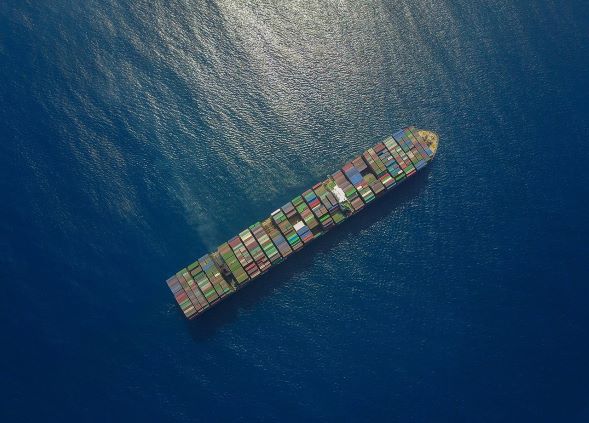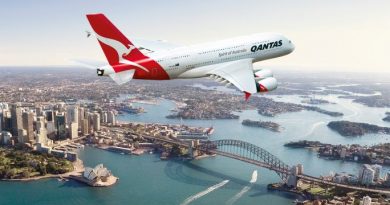Carbon Shipping Rises As Emitters Explore Large-Scale Storage: Report
 Carbon Shipping Rises As Emitters Explore Large-Scale Storage: Report
Carbon Shipping Rises As Emitters Explore Large-Scale Storage: Report
The transportation of carbon dioxide (CO2) is taking to the seas as emitters look for flexible ways to move captured carbon to offshore storage projects, with a fleet of 55 carriers required by 2030, according to Rystad Energy research.
Based on planned carbon capture projects, the team predicted that more than 90 million tonnes per annum (tpa) of CO2 would be shipped by the end of the decade, volumes requiring 48 terminals to handle the import and export of the gas.
As the global carbon capture, utilization and storage (CCUS) market expands, a significant hurdle in the value chain was the need for more transportation and storage networks for projects.
“Onshore pipelines are the most common mode currently, with 330 expected to be operational by 2030. These pipelines are ideal for transporting large quantities of CO2 to onshore storage sites or coastal terminals,” the team said in a statement.
It said that offshore pipelines are larger, transport captured carbon to underwater storage sites and are expected to play a vital role in the supply chain in the coming years. “CO2 shipping is the third piece of the puzzle and the most flexible solution for carrying carbon emissions over long distances at a relatively low cost,” it said.
The researchers said that yet, the shipping industry relies on emissions-heavy conventional fuels like maritime diesel or low-sulfur fuel oil (LSFO), calling into question the environmental impact of the process. The greenhouse gas (GHG) emissions over shorter distances may be relatively low, but the impact multiplies quickly over longer journeys.
“Based on our research of CO2 shipping routes that could come online in 2030, ships traveling long distances could emit as much as 5% of the total CO2 shipped. Switching to LNG as the shipping fuel could cut emissions by 18%, while blue-methanol would result in a 20% drop. The real reduction would come with the use of blue-ammonia, which would slash the emissions impact of the shipping process by up to 80%, ” the researchers said.
GHG emissions for marine fuels are calculated well-to-wake, including associated emissions in the fuel’s upstream production, refining and end use. Emission estimates are based on a vessel with a 25,000 cubic meter capacity.
“Carbon dioxide shipping is a nascent market now, but it’s set to play a significant role in the global climate solution in the coming years. However, questions remain about the environmental impact of the process. In an ideal world, CO2 tankers would use renewable fuels with no associated emissions. However, these fuels are too expensive now to be economically viable,” says Lein Mann Bergsmark, vice president of supply chain research at Rystad Energy.




